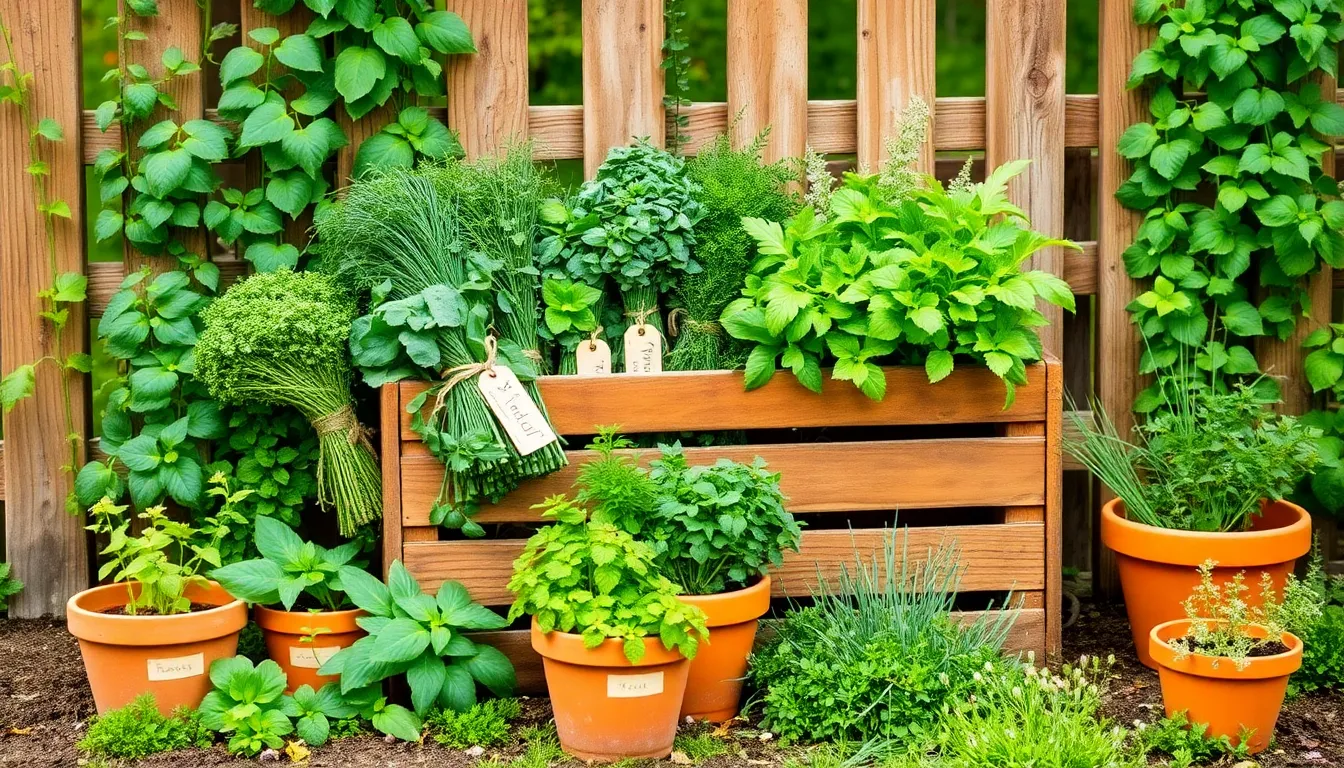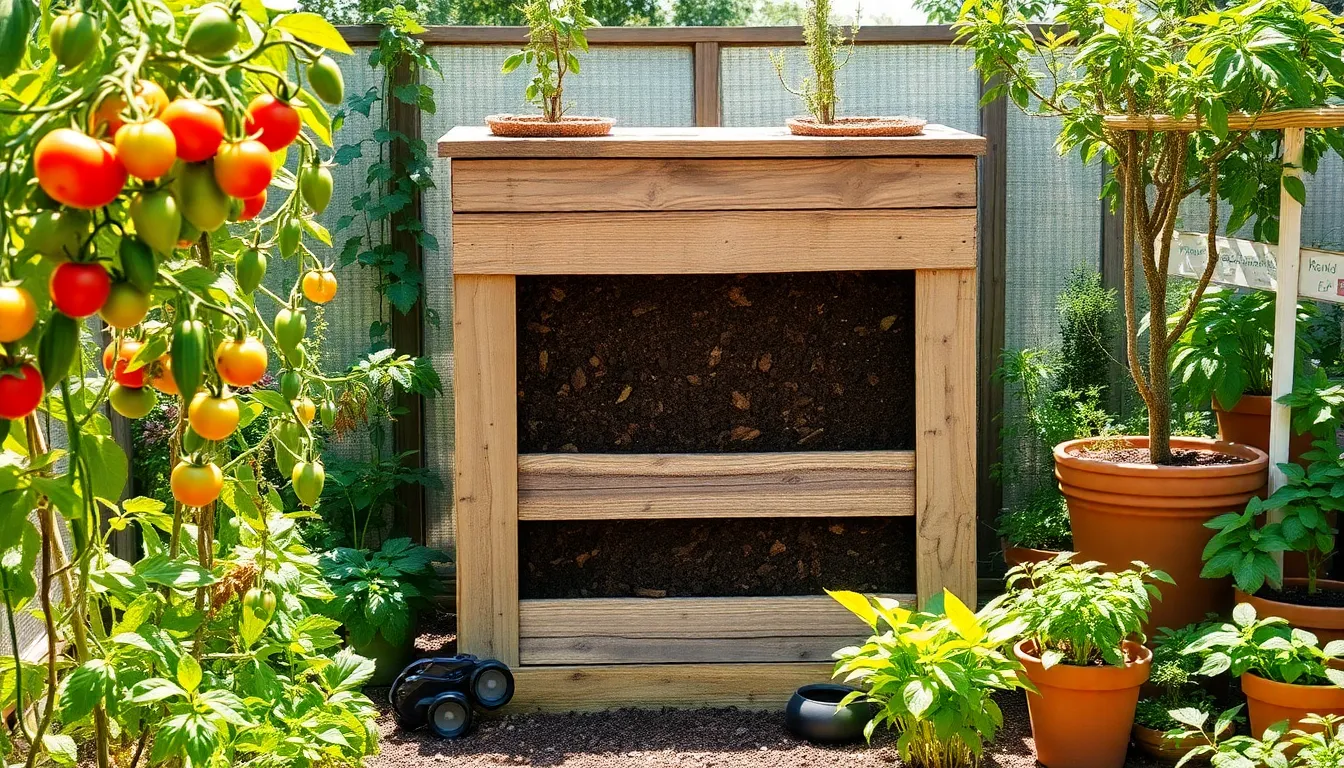Imagine a place where your favorite plants thrive year-round, shielded from the unpredictable whims of weather, and nurtured in a controlled environment that you’ve crafted with your own hands. Building a simple greenhouse for your garden is not just an exciting project; it’s a transformative step towards cultivating a lush, vibrant oasis right in your backyard. Whether you’re a seasoned green thumb or just dipping your toes into the world of gardening, this project offers a rewarding challenge that brings benefits aplenty.
For beginners, a greenhouse opens up a new realm of gardening possibilities, extending growing seasons and expanding the variety of plants you can nurture. Experienced gardeners will appreciate the added control over their horticultural environment, allowing for experimentation and the cultivation of more delicate or exotic species. Throughout this article, you’ll learn how to construct a straightforward yet effective greenhouse, with practical tips and insights that cater to all skill levels.
Let’s embark on this journey together to create a sanctuary for your plants, enhancing the beauty and productivity of your garden. We’ll explore the materials, tools, and techniques that make building a greenhouse not only feasible but fun and fulfilling. By the end of this guide, you’ll be equipped with the knowledge and confidence to bring your greenhouse dreams to life, transforming your garden into a year-round paradise.
Select an Optimal Location
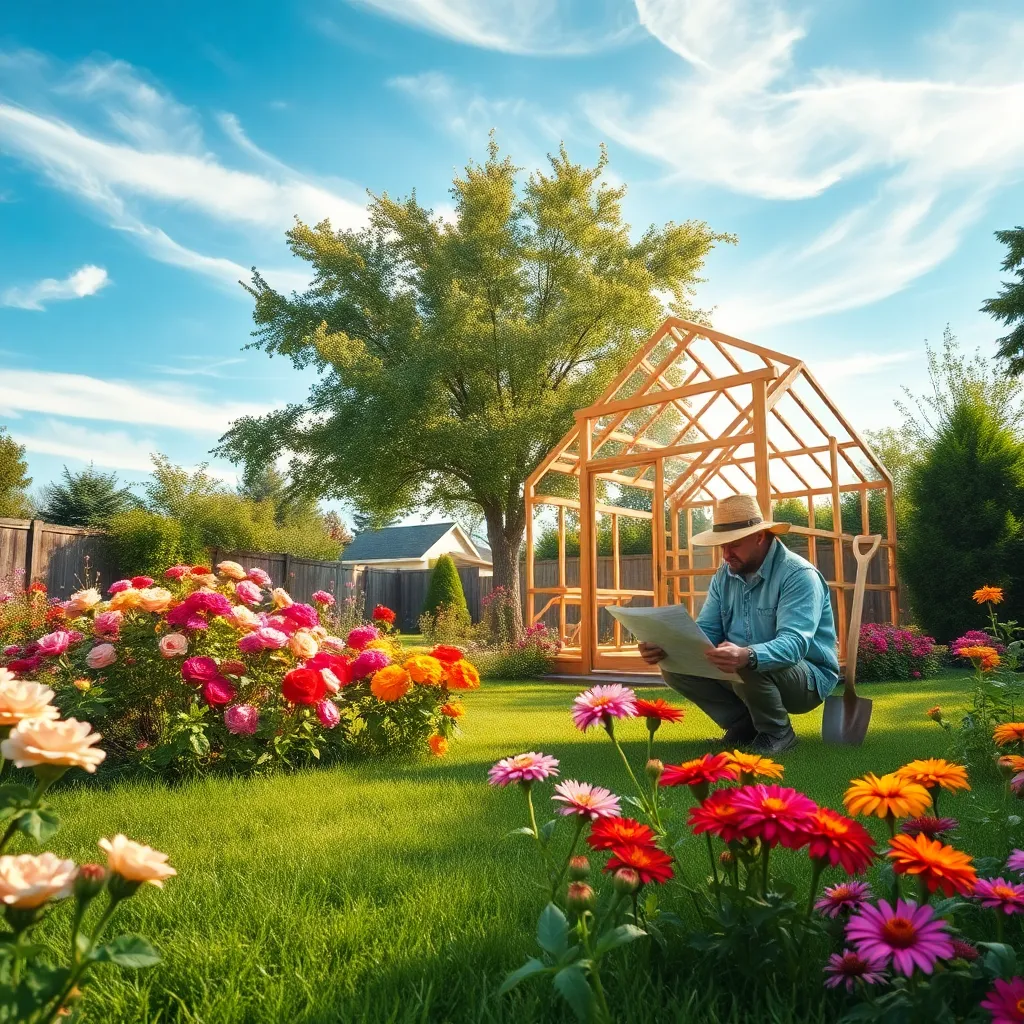
To ensure your greenhouse thrives, select a location with plenty of sunlight. Aim for a spot that receives at least six hours of direct sunlight daily, as this will support healthy plant growth year-round.
Consider the direction your greenhouse will face; ideally, position it so that the longest side faces south. This orientation maximizes exposure to sunlight, especially during the shorter winter days.
Ensure the site has adequate drainage to prevent waterlogging, which can harm plants. If you’re unsure about drainage, perform a simple test by digging a hole and filling it with water; if it doesn’t drain within a few hours, consider elevating the greenhouse or choosing another location.
For more advanced gardeners, think about the proximity to utilities like water and electricity, which can make maintenance and climate control easier. Having a water source nearby is crucial for consistent irrigation, while access to electricity allows you to install fans or heaters if needed.
Gather Essential Materials
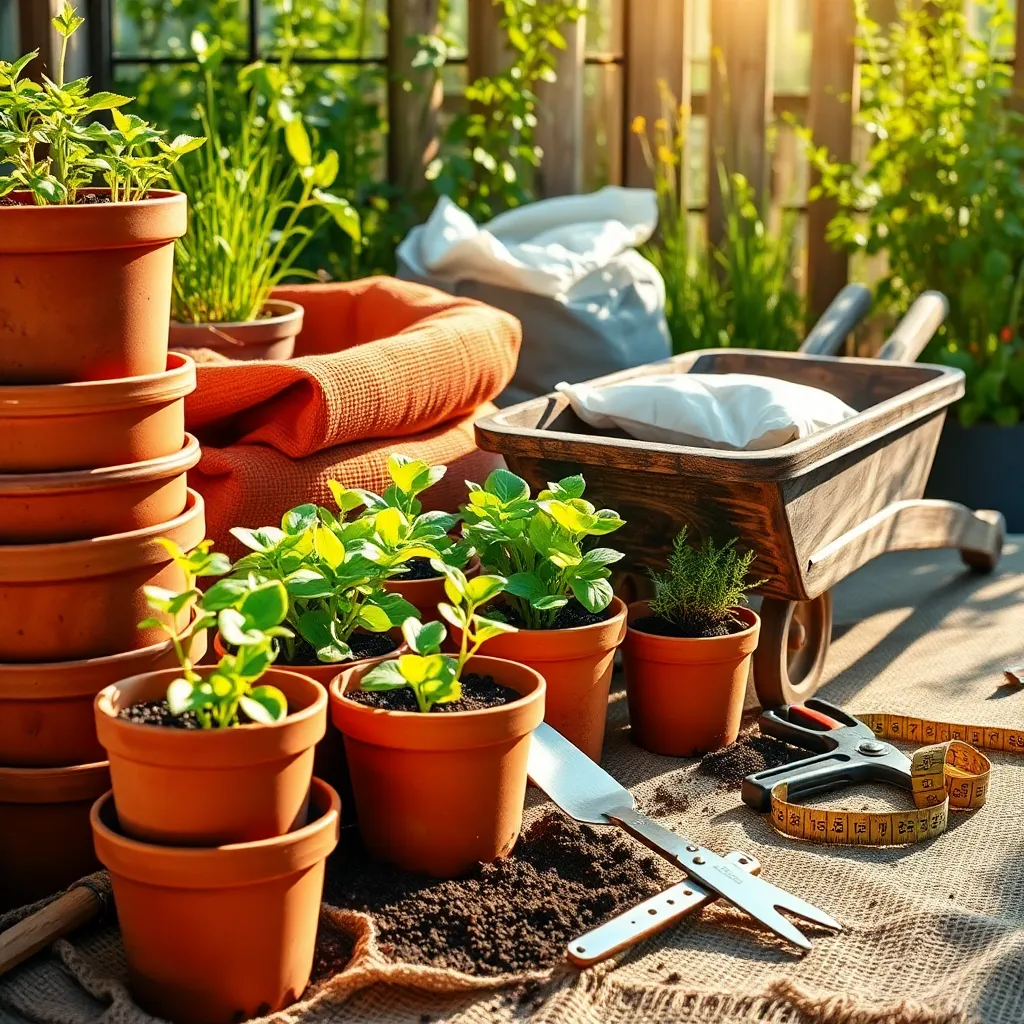
Before starting your greenhouse project, gather all the necessary materials to ensure a smooth construction process. Essential materials include items like a sturdy framework, transparent covering, and basic tools such as a saw and drill.
For the framework, opt for materials like PVC pipes or wood, depending on your budget and durability needs. PVC is lightweight and easy to assemble, while wood offers a more robust structure but requires regular maintenance.
Choose a transparent covering material such as polyethylene film, glass, or polycarbonate panels to allow maximum sunlight penetration. Polyethylene film is affordable and easy to work with, making it ideal for beginners, whereas glass and polycarbonate offer excellent insulation for more advanced gardeners.
Aside from structural materials, don’t forget to gather gardening essentials like potting soil, seed trays, and a watering can. High-quality soil with good drainage is crucial for healthy plant growth, so consider using a mix that includes compost or peat moss.
To maintain a consistent growing environment, you might also want to invest in a thermometer and humidity gauge. These tools help monitor the internal climate of your greenhouse, ensuring your plants thrive in optimal conditions.
Finally, consider adding shelves or benches to maximize space and organize your plants efficiently. This setup not only provides easy access to your plants but also allows for better air circulation and sunlight exposure.
Construct the Greenhouse Frame
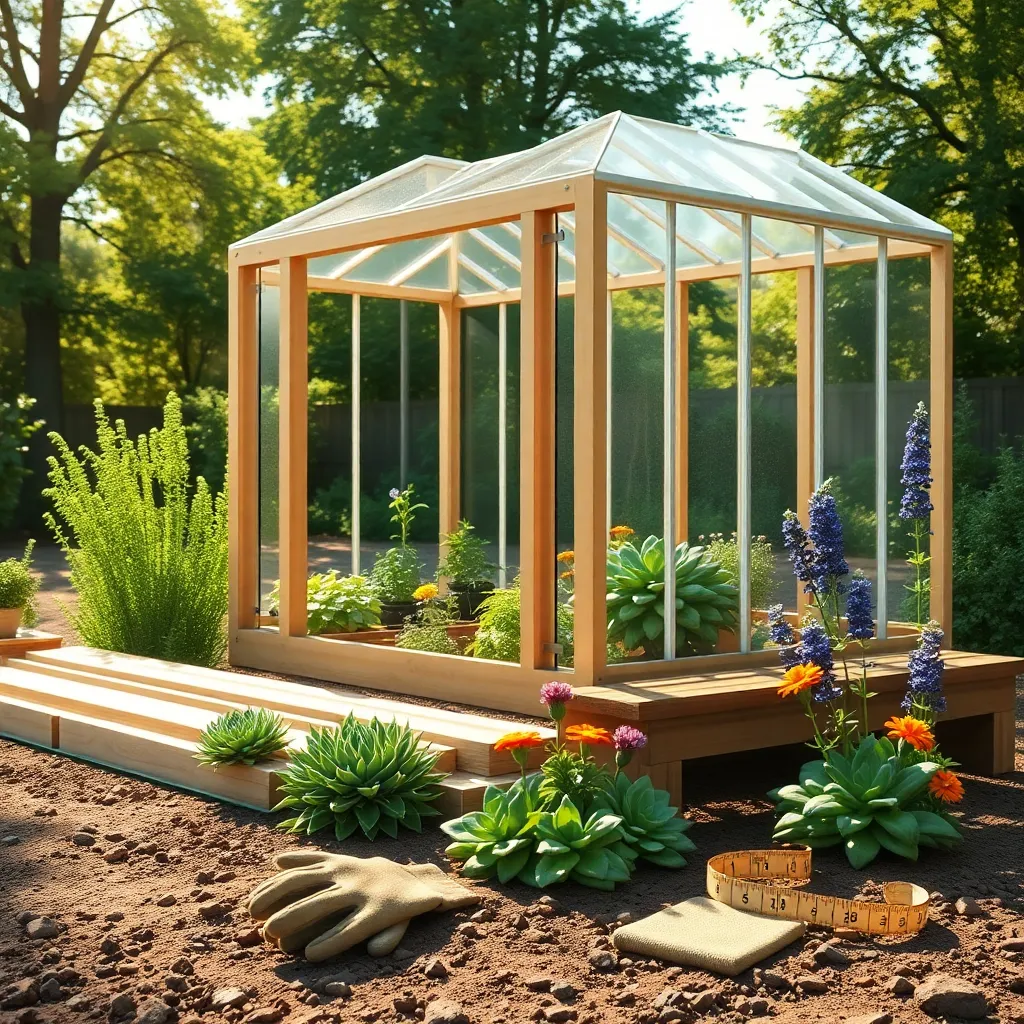
With your materials ready, it’s time to construct the greenhouse frame. Begin by selecting a location that receives ample sunlight throughout the day, as this is crucial for plant growth.
Start by assembling the base using treated lumber or galvanized steel to prevent rot and corrosion. Use a level to ensure the frame is square and even, which will provide a sturdy foundation for your greenhouse.
Next, erect the side and end walls using PVC pipes or metal tubing for a lightweight yet durable frame. Connect these with corner connectors or brackets, ensuring each joint is secure to withstand weather conditions.
For added stability, consider cross-bracing the structure with additional pipes or rods. This technique can significantly enhance the strength of your frame, especially in windy areas.
- Tip for beginners: If you’re using PVC, a pipe cutter will make adjustments to length easy and precise.
- Advanced advice: Consider adding a ridge pole along the top for extra support, particularly if you plan to install a roof vent or other heavy objects.
Install the Covering Material
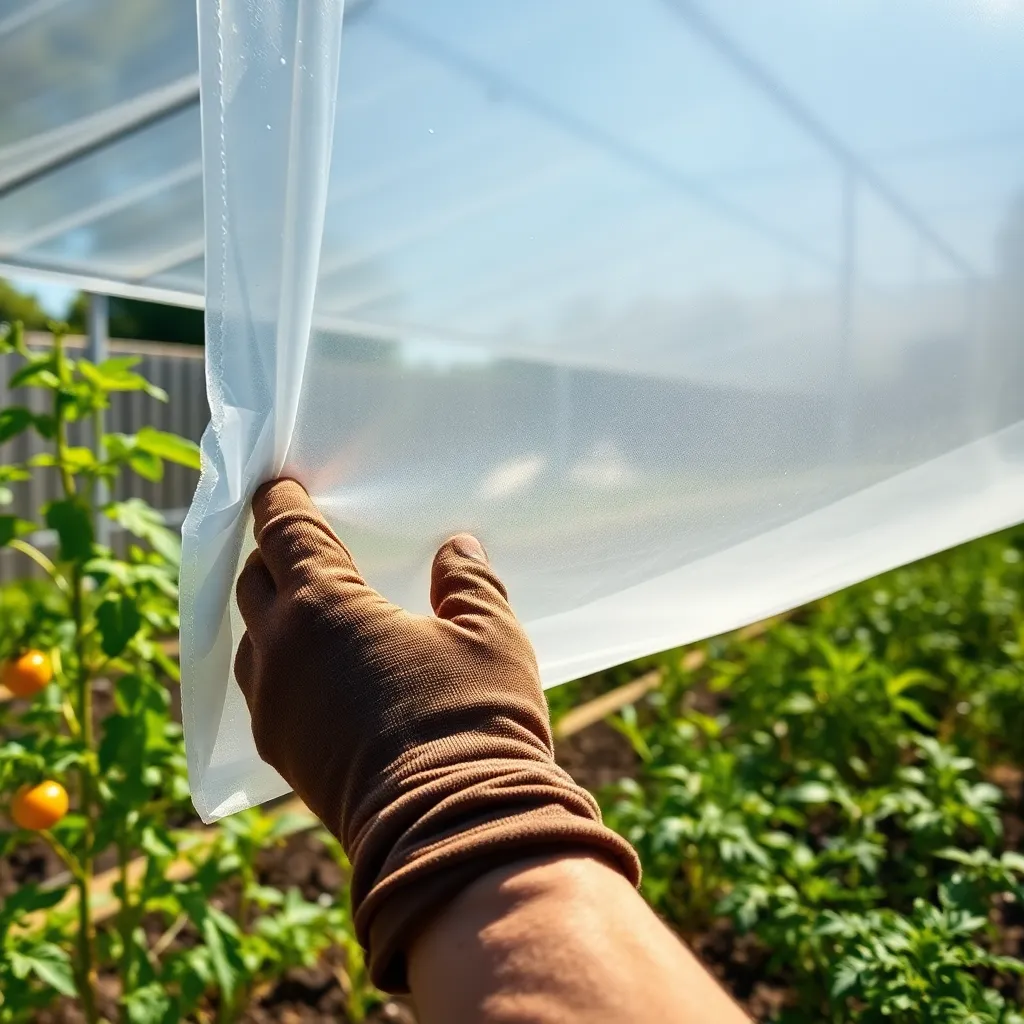
Once your greenhouse frame is complete, it’s time to install the covering material, which is essential for creating a controlled environment for your plants. Choose a material that suits your climate and budget, such as polyethylene film, polycarbonate panels, or glass.
Polyethylene film is a popular choice because it’s affordable and easy to install. Cut the film to size, leaving a few extra inches on all sides for secure attachment to the frame.
When using polycarbonate panels, ensure they are UV-resistant to protect your plants from harmful rays. Attach these panels using screws and washers, ensuring they are tight enough to prevent water and air leaks.
For a more permanent and visually appealing option, consider glass panels. While glass is more expensive, it provides excellent light transmission, which is beneficial for photosynthesis and plant growth.
Regardless of the material chosen, make sure to seal all joints and seams to maintain optimal temperature and humidity levels inside the greenhouse. This will help in creating a stable environment where your plants can thrive, even in less-than-ideal weather conditions.
Finally, ensure adequate ventilation by installing vents or windows, as this will prevent overheating and encourage healthy air circulation. Regularly check your coverings for damage and repair any tears or cracks promptly to maintain the integrity of your greenhouse.
Set Up Ventilation and Shelving
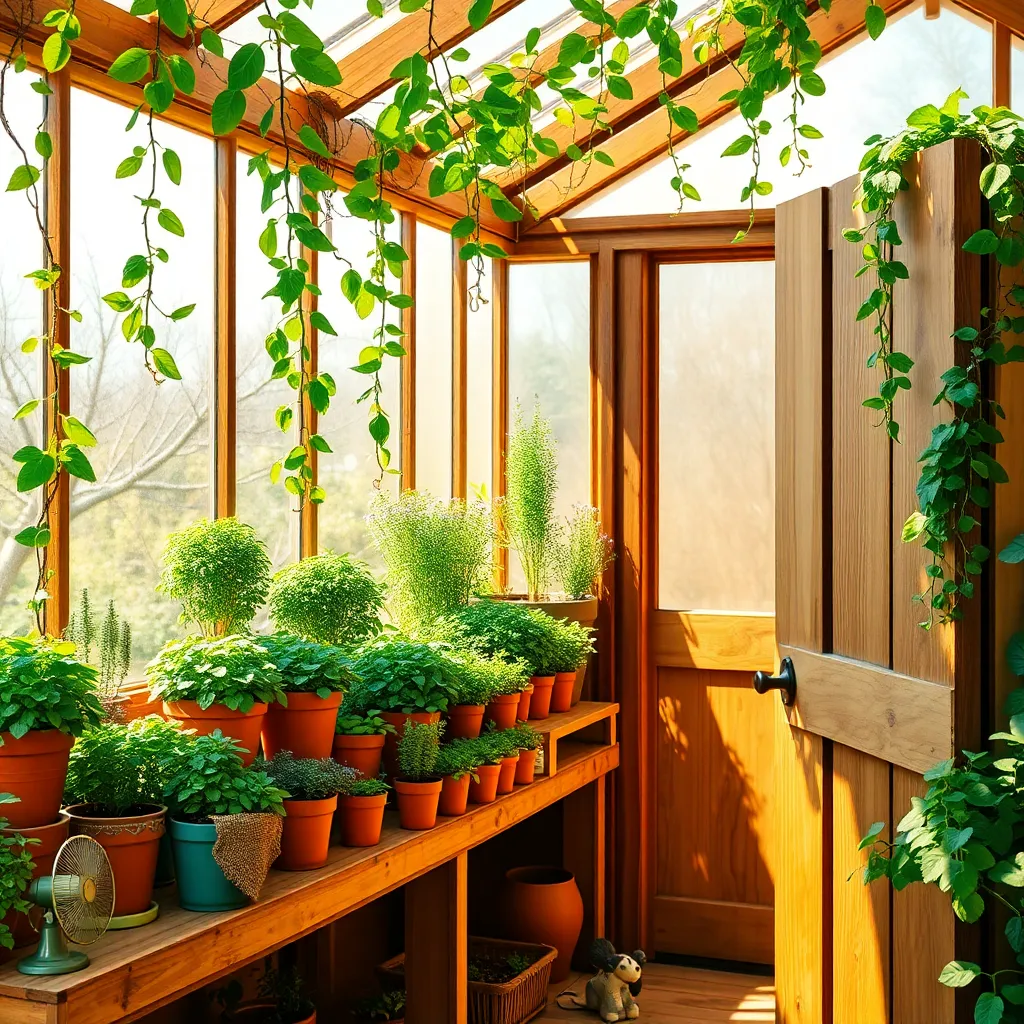
Proper ventilation in your greenhouse is crucial to regulate temperature and humidity levels, ensuring optimal plant growth. Start by installing adjustable vents at the roof or sidewalls, which can be opened or closed to manage airflow as needed.
Consider using exhaust fans for more efficient air circulation, especially in larger greenhouses. These fans can help prevent overheating on sunny days and reduce the risk of fungal diseases by keeping the air fresh.
Incorporating shelving in your greenhouse maximizes space and keeps plants organized. Opt for adjustable shelving units that can be rearranged as your plants grow or as your needs change.
Shelves made from durable materials such as galvanized steel or treated wood are ideal for withstanding humidity and moisture. Make sure to place heavier plants on the lower shelves to maintain stability and prevent tipping.
For advanced gardeners, consider using tiered or staggered shelving to create a layered environment that mimics natural sunlight exposure. This setup can help maximize light availability and improve photosynthesis efficiency for plants on different shelves.
Conclusion: Growing Success with These Plants
Building a simple greenhouse for your garden not only enhances your gardening experience but also fosters a deeper connection with nature. As we’ve explored, the five key concepts to strengthen this relationship include: choosing the right location, selecting suitable materials, understanding ventilation needs, optimizing plant arrangement, and maintaining your greenhouse. Each step is designed to make your gardening journey more fruitful and rewarding.
Now, take the first actionable step by planning your greenhouse layout and gathering materials. This initial move sets the foundation for a thriving garden and a harmonious relationship with the environment. Remember, it’s not just about building a structure; it’s about cultivating a space where growth, patience, and care flourish.
To ensure you have these invaluable steps at your fingertips, bookmark this article for future reference. Having this guide handy will empower you to revisit these concepts and make any necessary adjustments along your journey.
Embrace the process, knowing that nurturing your greenhouse will mirror the nurturing of any relationship—requiring attention, adaptability, and love. As you invest in these efforts, you’ll find that your relationship with nature, and by extension, your relationships elsewhere, will thrive and bloom.


